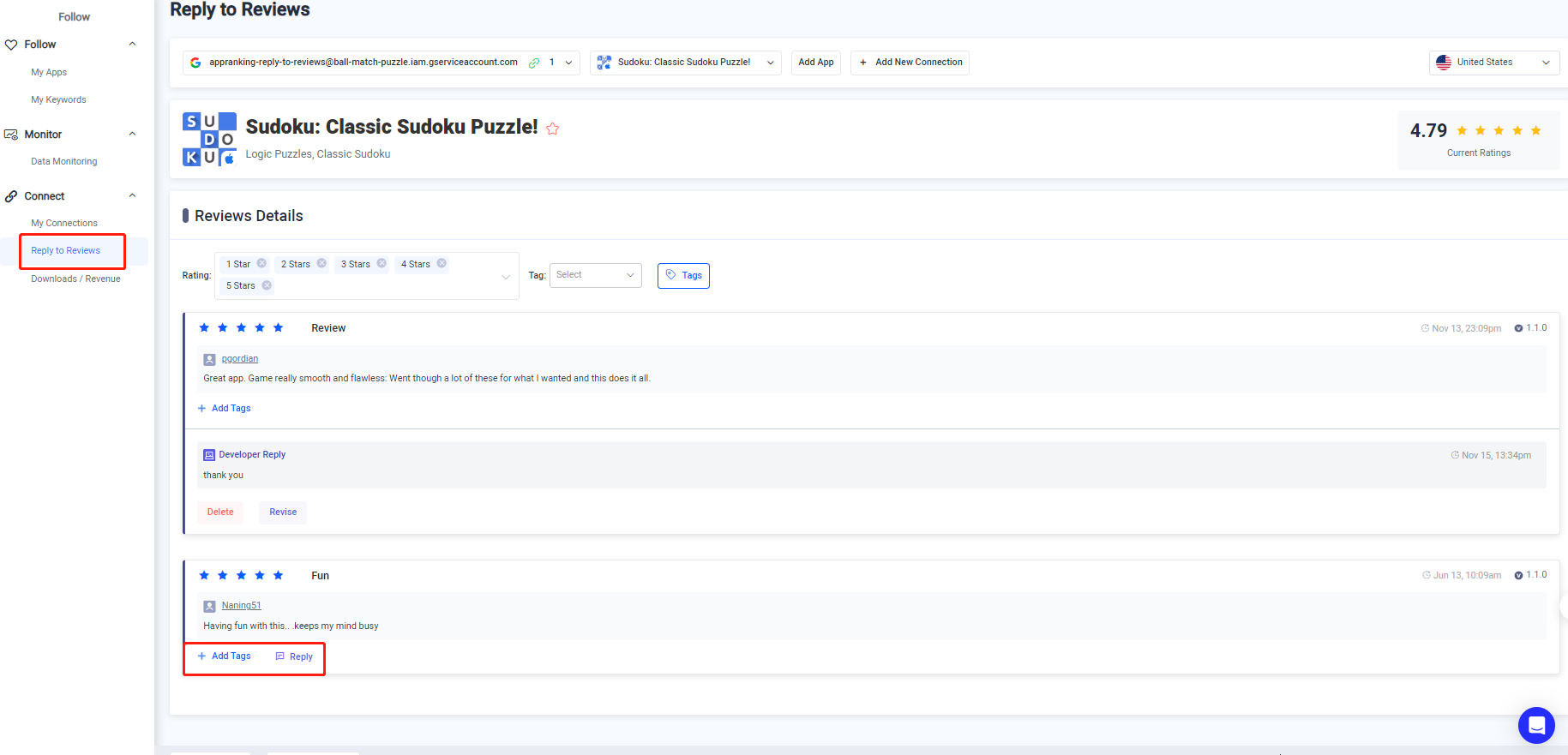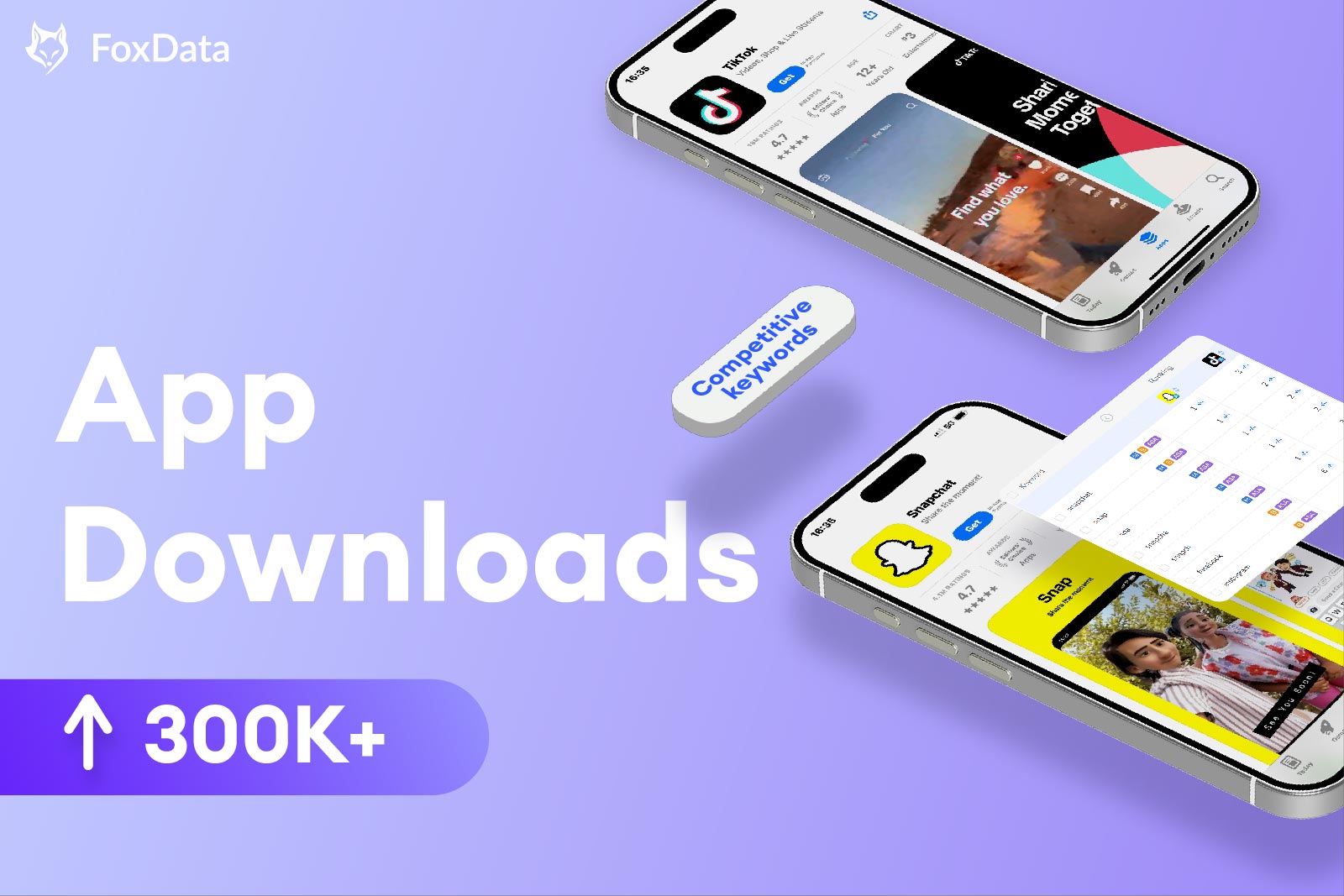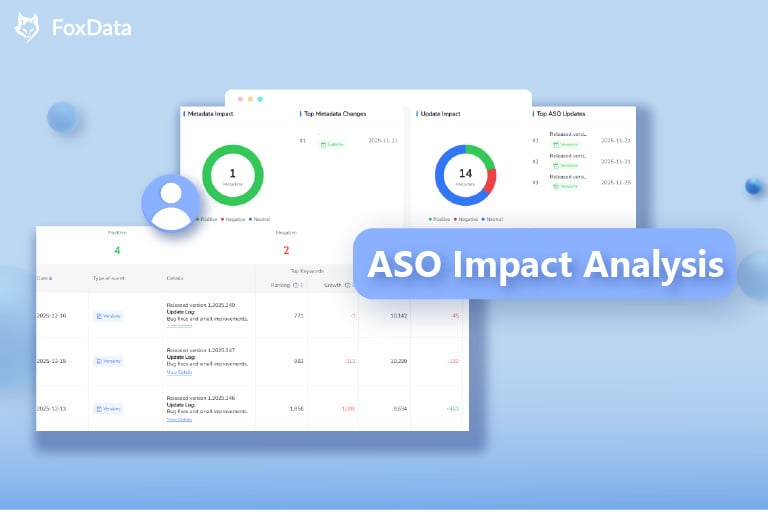7 ASO Tips to Grow Your Apps & Games

In today's highly competitive digital landscape, where millions of apps and games vie for user attention, App Store Optimization (ASO) has become an indispensable practice for developers seeking to maximize their app's visibility, attract organic downloads, and achieve sustainable growth. With the app stores being the primary gateways for users to discover new apps, it is crucial to implement effective ASO strategies to stand out from the crowd.
This blog post aims to equip you with practical and proven ASO hacks and tips that can significantly enhance your app's performance and propel it towards success. We will explore various techniques, from understanding your target audience and optimizing your app's metadata to leveraging localization and capitalizing on seasonal trends. By harnessing these insights, you will gain a comprehensive roadmap to master the art of ASO and unlock the full potential of your apps and games.
Whether you're a seasoned developer or just starting your app development journey, this guide will provide you with actionable strategies to optimize your app's visibility, increase downloads, and ultimately drive growth. So, let's dive into the world of ASO and discover the key techniques that can elevate your app's presence in the app stores.
1. Regularly Enhance Your App’s Search Visibility by Updating Your Text Metadata
Regularly updating your app's metadata on the App Store and Google Play is one of the most effective ways to ensure sustained app visibility and drive daily downloads. How often you should update your app metadata depends on the resources you can use and your overall ASO strategy. There's no single update frequency that guarantees your best visibility, but by regularly monitoring keyword rankings and store changes, you can adapt and find new opportunities to stay visible.
2. Utilize Cross-Regional Settings on the App Store
Take advantage of the App Store Localization: Primary and Secondary Languages, and the fact that keywords in at least two regional settings can be indexed in each App Store region. For example, in the U.S., the Apple algorithm will consider keywords added to both English (US) and Spanish (MX) app metadata when indexing your app. This means you can actually increase character space by leveraging app metadata in different languages.
3. Prepare Your App for New Countries/Areas through Google Play Localization
Google Play allows you to add translations of your app's product detail page, providing a localized experience for users worldwide. If a user's language preference matches one of the product detail languages you've enabled, they'll see a localized version of the product details and any localized advertising material resources you've added. You can also choose to manually add relevant high-volume keywords in the metadata to improve rankings for those terms.
👉More blog about Localization: How to Localize Your Game for Arab Markets: A Comprehensive Guide
4. Utilize Google Natural Language API on Google Play
Use Google's Natural Language tool to analyze your app's full description and understand how Google categorizes your app. Try modifying your app's full description to align with the most relevant categories with the highest indexing (hit rate must be at least 0.8/1). The better GNL categorizes your app, the more effective your app promotion on Google Play will be.

5. Be Aware of Seasonal Impacts on the App Store
Don't forget to align your app's product page with seasonal products, such as updating your app's keywords or creative assets (like screenshots or icons) to reflect holiday seasons. Incorporating keywords like "Halloween," "Christmas," "St. Louis," "Valentine's Day," or "Black Friday" will help significantly increase your visibility during holiday periods. Such keywords tend to be less competitive than general keywords, thus bringing you additional traffic.
👉Related blog: How to Prepare Your App Marketing Strategy for Christmas
6. Test and Optimize New Search Queries
Use Apple Search Ads to test various search queries. Based on the TTR (click-through rate on ads in the search results), you can draw rough conclusions about the relevance of search queries to your app. Metrics above 19-20% are considered optimal.
7. Maintain a Strong Review and Rating System
Ratings and reviews play a crucial role in app conversion. Users are less likely to download apps with ratings below. Moreover, Apple and Google are more likely to display and promote apps with higher ratings in their stores. For mature apps, the mantra is "maintain good ratings." You may have many users, but you still need to keep consistently high ratings while minimizing low ratings and negative reviews. There may be multiple competitor apps with high ratings, so you need to stand out by maintaining a higher rating. Negative reviews can let you know about user dissatisfaction. Even with the best apps, dissatisfied users will leave low ratings and negative reviews. So, helping these users should be your primary long-term goal. Also, make sure to choose smart rating triggers in your app, design the right messaging and flow for the rating experience, and reply to important user reviews.
You can also try "Reply to Review" on FoxData to rely on your users' reviews. Beyond that, the feature of tag is also helpful, as it'll make it easier for you to follow up on the review, especially the potential negative review.
Welcome to read more blog about ASO Strategies.
Harness GameIQ deep game tags, global ad creative insights, precise download revenue predictions and player behavior analytics. Make every market decision backed by intelligence.
We address your challenges with tailored data-driven solutions for each pain point.
From insights to revenue, FoxData mobile game analytics solution integrates competitive intelligence, smart user acquisition, market predictions, and player value optimization.
Contact the FoxData Data Services Team






